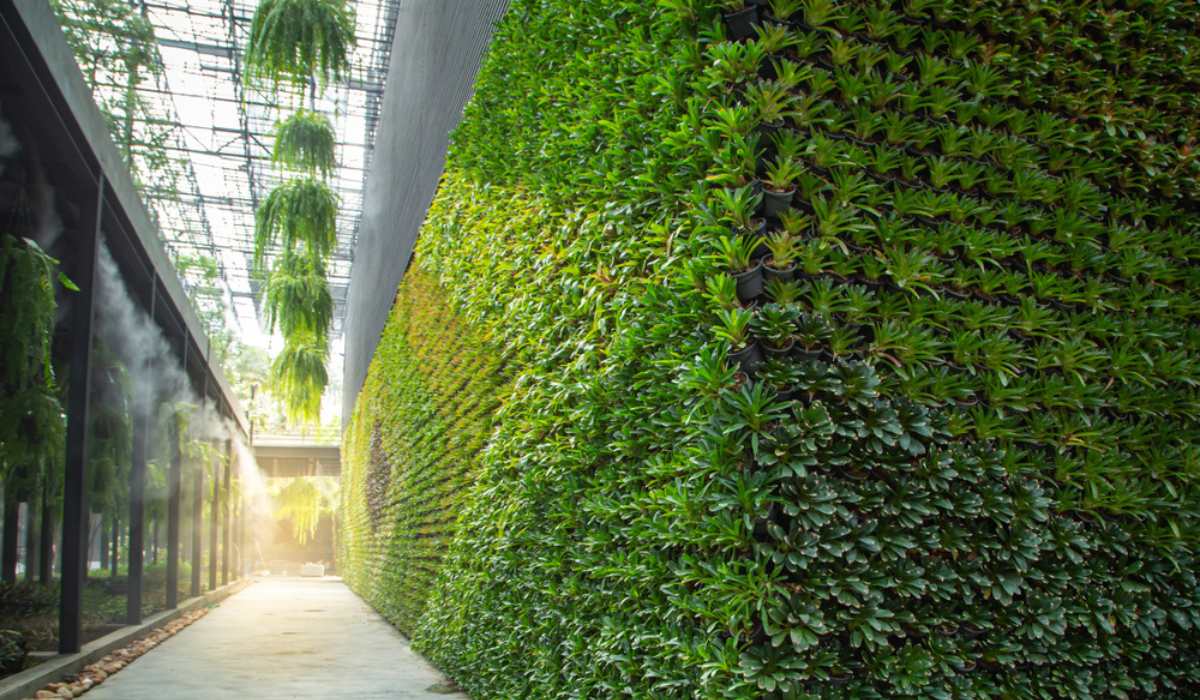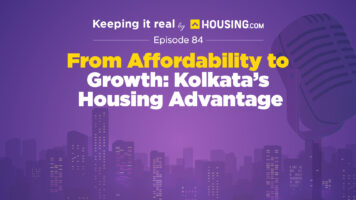As the world endures climate change, there is an urgent need to address global warming. As temperatures increase, the effects impact humans and the entire natural ecosystem. To fight these effects, it is important to take prompt and impactful measures.
The real estate sector is poised to grow into a US$ 1 trillion industry by 2030. While business growth benefits both homebuyers and the economy, it simultaneously demands a stronger commitment to reducing the industry’s environmental impact. Now is the time to speed up the shift to a green economy, balancing growth and environmental management.
Designing for holistic well-being
It is important to create living spaces that contribute to a healthier, more holistic lifestyle. Green buildings are gaining attention, promising reduced energy consumption, improved air and water quality and overall wellness. Beyond these tangible benefits, sustainable living spaces become partners in personal and professional journeys. These spaces provide an environment for people to make human connections and create a strong community. The focus is on crafting spaces that enrich lives and shape future generations.
Saving long-term costs
Living in a residential society means that you have to pay for common utilities, such as electricity and water, and services, such as security, upkeep and cleaning. Thoughtful design and efficient operations of common amenities can save significant sums of money. A sustainably designed building can minimise recurring maintenance costs by ensuring proper ventilation, increasing sunlight and using energy-efficient appliances.
Saving energy bills
Sustainable buildings are designed to reduce energy consumption. The use of energy-efficient fixtures, such as LED lights and motion sensors, helps cut down energy costs. Buildings can become more energy efficient by drawing from renewable sources, such as solar panels and wind turbines, to produce energy on-site without harming the environment. This helps homeowners with reduced electricity bills.
Saving on water bills
Green-certified buildings are designed and conceptualised to decrease water consumption. Through advanced plumbing and efficient low-flow fixtures, water-conserving aerators in faucets and smart water metering solutions will help monitor the usage and conserve water. Harvesting rainwater and reusing treated wastewater can further decrease the need for fresh water. This can safeguard the limited water supply and reduce water usage bills for residents.
Better quality of life
Sustainable or green buildings are designed to reduce harmful air pollutants. Through smart design, which improves airflow, and the use of low VOC paints, smart air filters and purifiers, the air quality within the buildings can be regulated. This promotes a healthier living environment and reduces respiratory illnesses and other health problems.
A calming living experience
Sustainable buildings reduce environmental impact and ensure better living conditions for homeowners while minimising recurring maintenance costs in the long run. Green buildings are designed with ample green spaces, such as rooftop gardens, open-air podiums and other landscaping features. These spaces provide residents with a peaceful place to relax and reduces noise pollution.
Crafting a better future
Potential homebuyers should prioritise sustainable buildings with greater conviction when looking for a home. A collaborative effort by the Government, real estate stakeholders and customers is required in the journey towards a sustainable future.
(The author is the Head – Sustainability, Mahindra Lifespaces)
| Got any questions or point of view on our article? We would love to hear from you. Write to our Editor-in-Chief Jhumur Ghosh at jhumur.ghosh1@housing.com |







